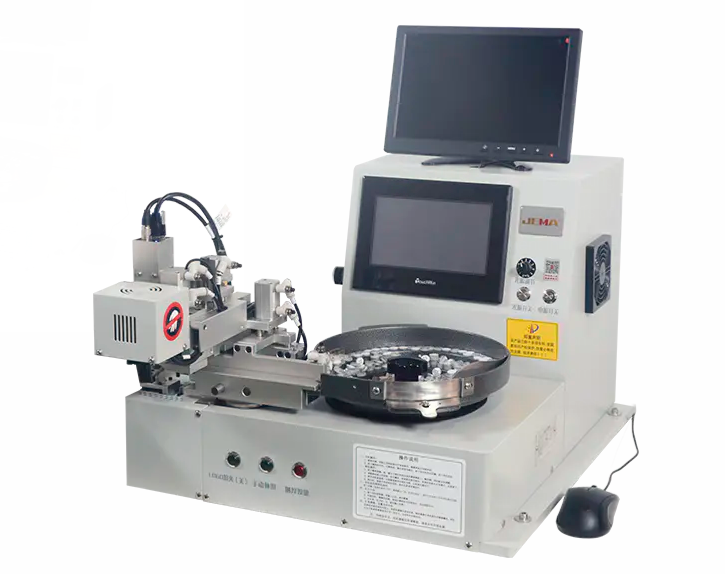-
Fil d’actualités
- EXPLORER
-
Pages
-
Groupes
-
Evènements
-
Blogs
-
Offres
-
Emplois
-
Courses
Button Feeding Machine Technology Enhances Precision, Productivity, and Operational Reliability

A Button Feeding Machine is designed to automate one of the most repetitive and time-consuming processes in garment production: the handling and supply of buttons to sewing or attaching equipment. By reducing manual intervention, it aims to improve speed, accuracy, and efficiency within large-scale manufacturing lines. The question arises as to how effective such machines are in delivering consistent performance, especially when balancing productivity demands with operational reliability.
Role in Garment Manufacturing
Buttons, while small components, require significant attention in production. Traditional manual feeding can slow down workflow, create inconsistencies, and introduce human error. By automating this process, the machine not only standardizes the pace of production but also ensures uniform placement and preparation of buttons for further processing. This contributes to higher-quality output and reduces the likelihood of defective garments reaching the market.
Efficiency and Precision
One of the key advantages of automated feeding technology lies in its ability to handle large quantities of buttons with consistent accuracy. Sensors and guiding mechanisms minimize misfeeds, while precision control systems synchronize the machine with sewing units. This reduces waste and saves valuable production time. In high-volume factories, such efficiency gains can significantly increase overall throughput, making automation a strategic investment rather than just a technological upgrade.
Adaptability and Versatility
Modern button feeding solutions are not limited to a single type or size of button. Adjustable trays, modular components, and intelligent sorting features allow them to accommodate different garment styles and customer demands. This flexibility is particularly important in today’s fashion industry, where production runs may vary from mass-market basics to specialized designs requiring varied button types. Machines capable of rapid changeovers enable manufacturers to remain agile and competitive.
Maintenance and Reliability
Durability is critical for equipment that operates continuously in industrial environments. Button feeders are often built with robust materials, easy-to-clean designs, and user-friendly maintenance systems. Regular servicing ensures that sensors, motors, and feeding channels remain efficient. In addition, many modern systems include diagnostic functions that alert operators to potential malfunctions, helping to reduce downtime and extend the machine’s operational lifespan.
Impact on Labor and Costs
By automating repetitive feeding tasks, factories can redirect labor to more skilled areas of garment production, such as quality control or finishing. This not only reduces fatigue among workers but also improves overall productivity. While the initial investment in automation may appear significant, long-term cost savings from reduced waste, lower error rates, and higher throughput generally outweigh upfront expenses.
The introduction of button feeding technology into garment production represents a significant step toward modernized and efficient manufacturing. By improving speed, accuracy, and versatility while reducing manual strain, these machines have a direct impact on both productivity and product quality. For businesses aiming to compete in fast-paced markets, adopting automated feeding systems can provide a decisive advantage that supports long-term sustainability and growth.
- Art
- Causes
- Crafts
- Dance
- Drinks
- Film
- Fitness
- Food
- Jeux
- Gardening
- Health
- Domicile
- Literature
- Music
- Networking
- Autre
- Party
- Religion
- Shopping
- Sports
- Theater
- Wellness
